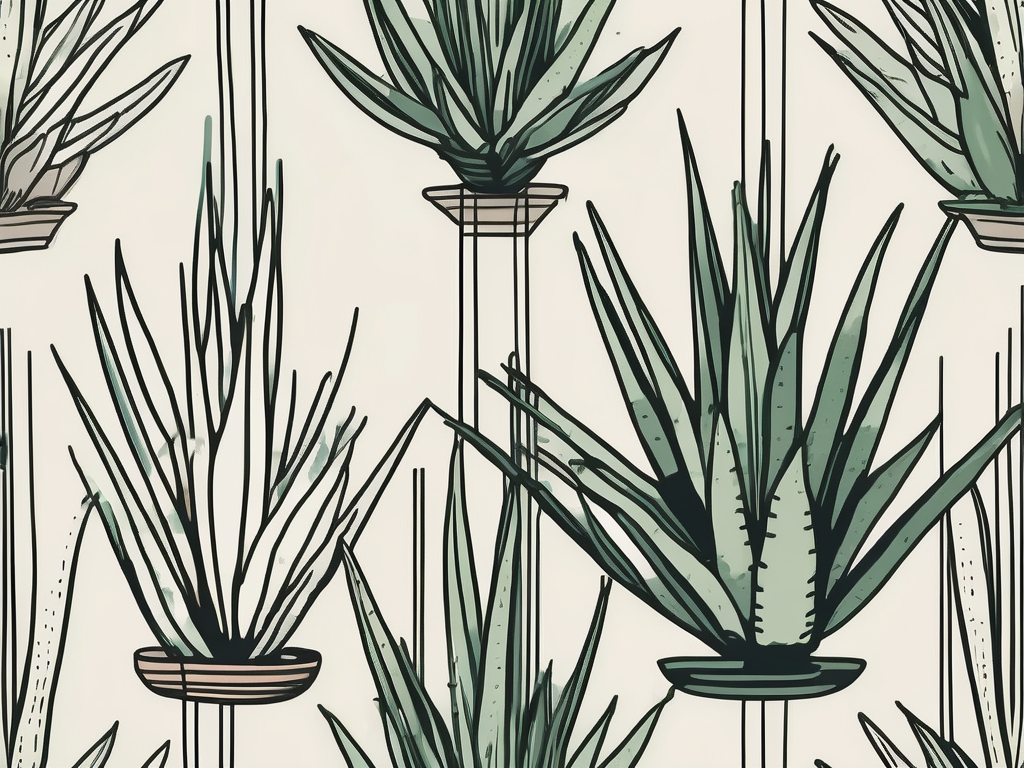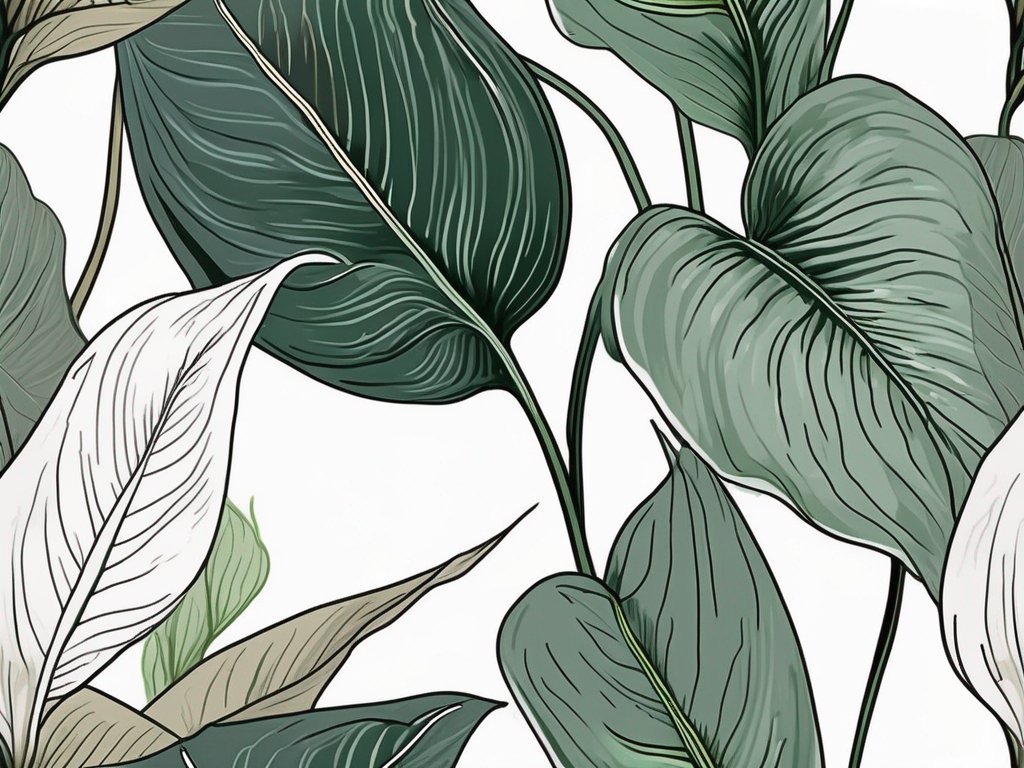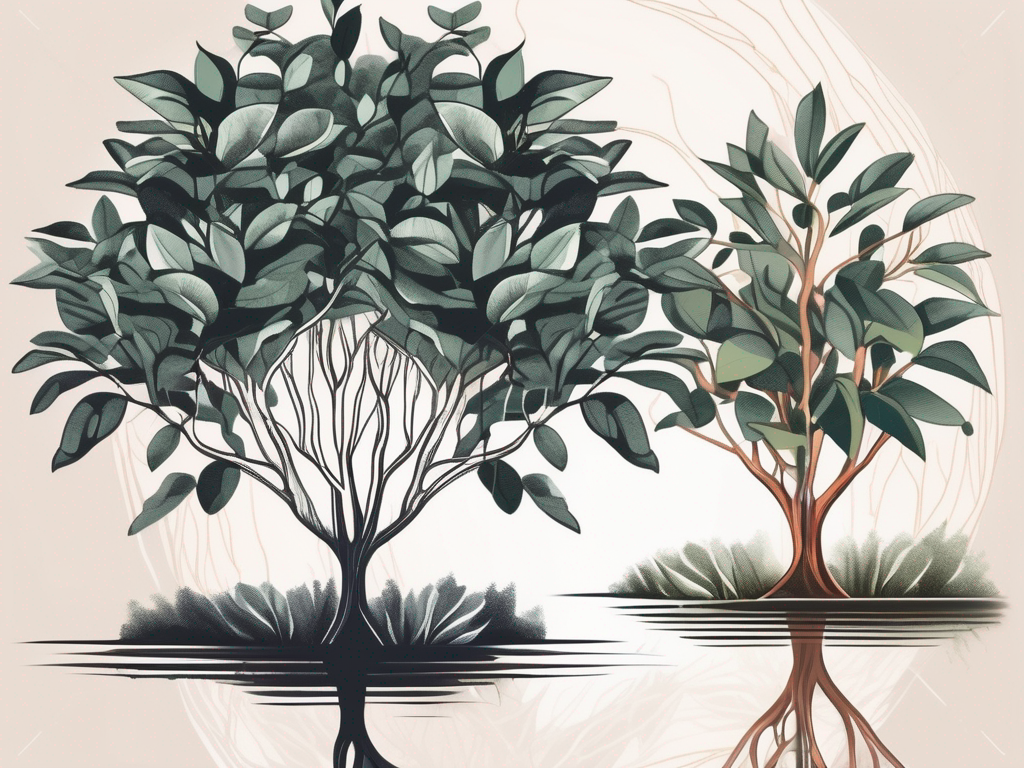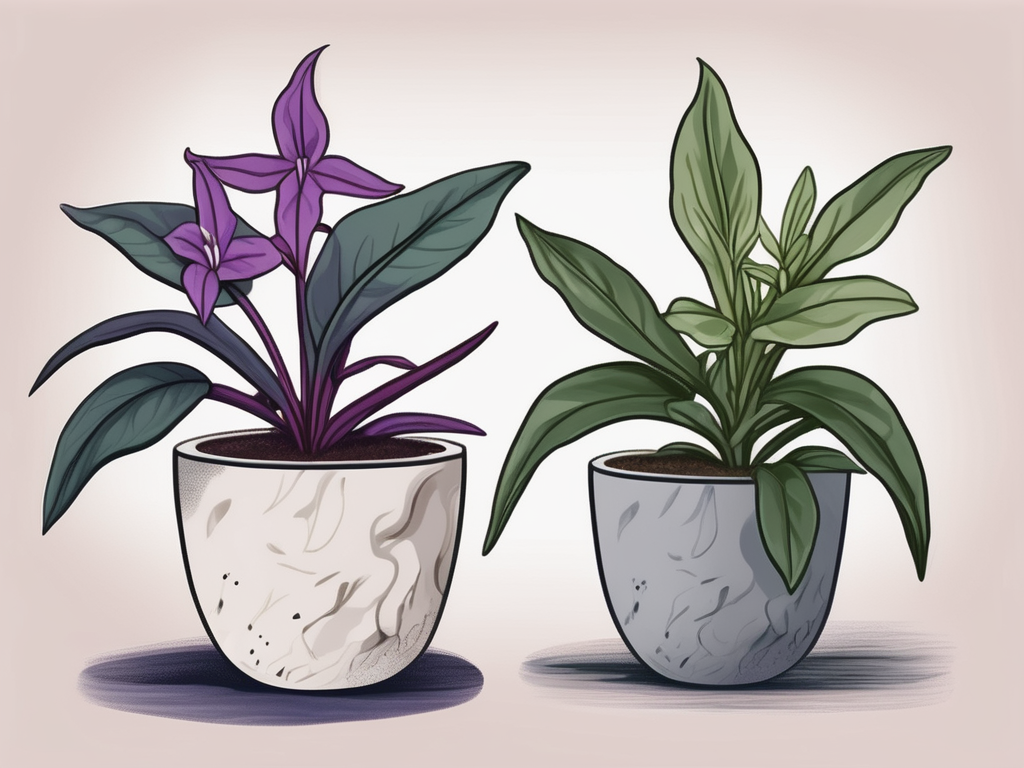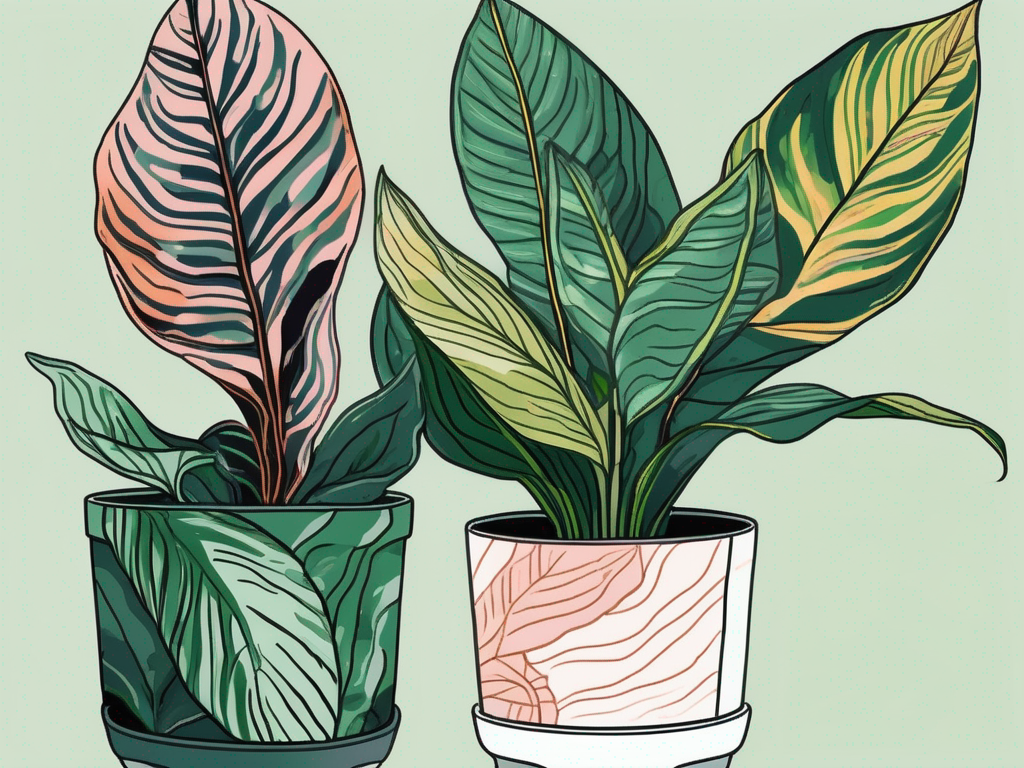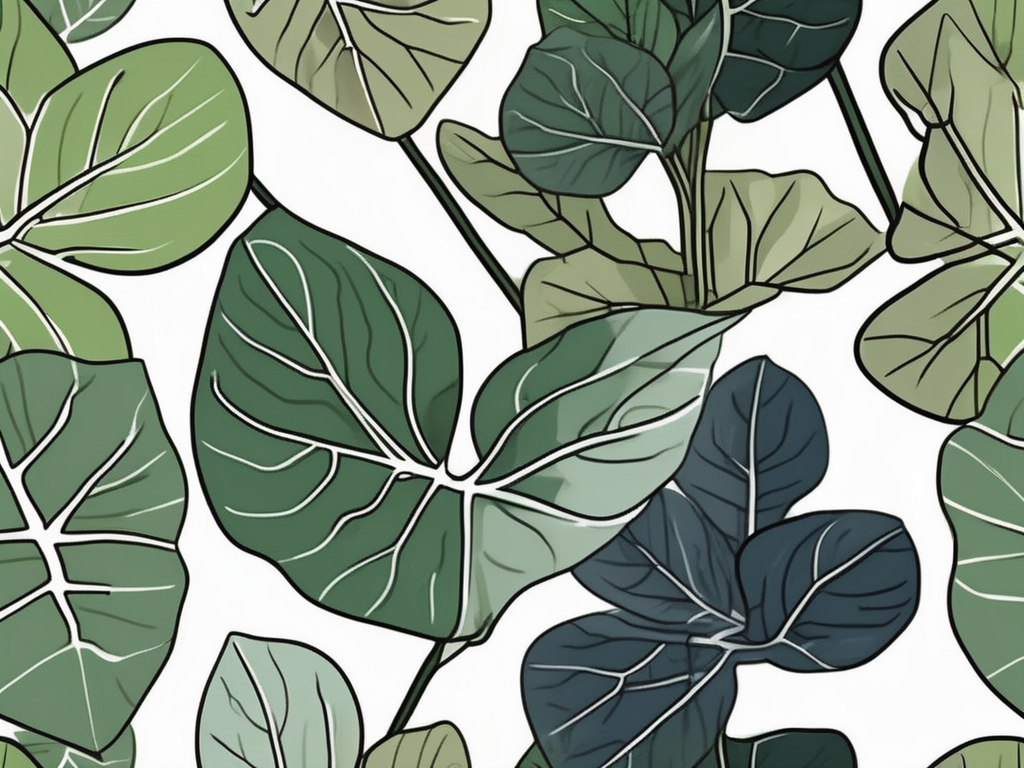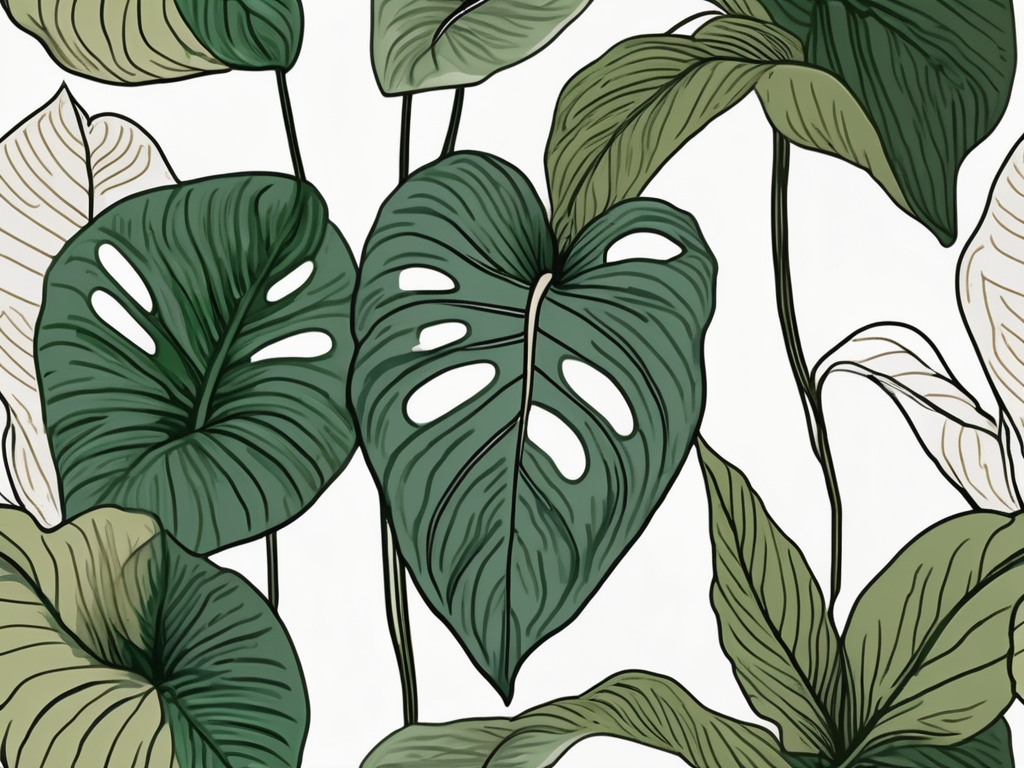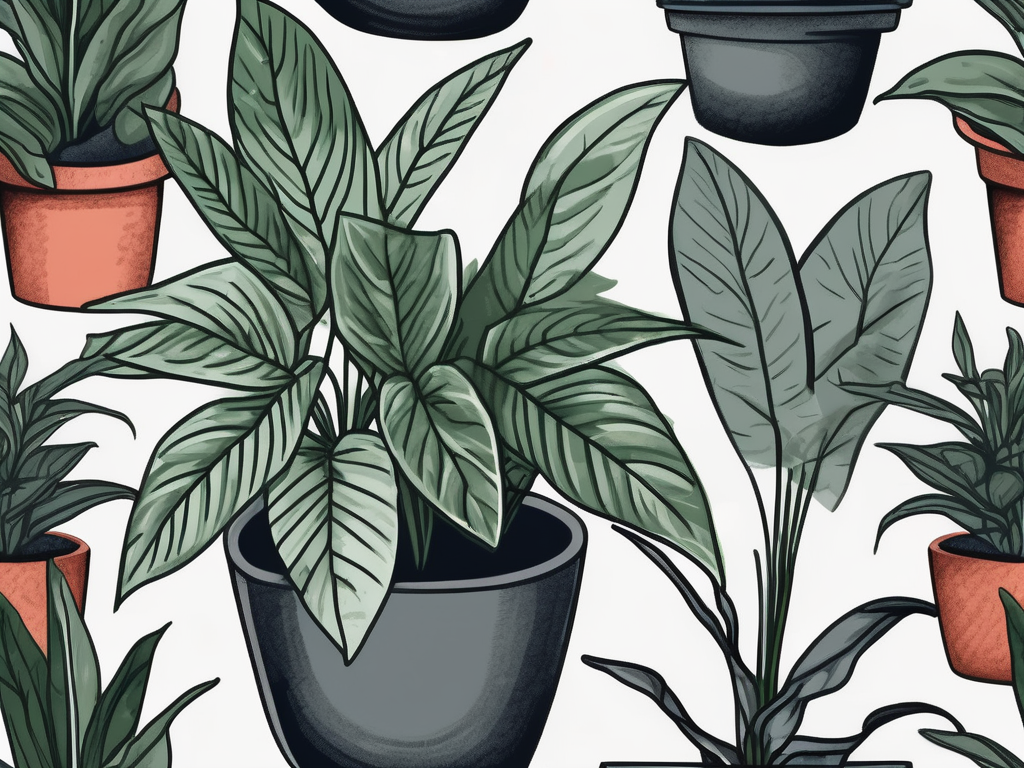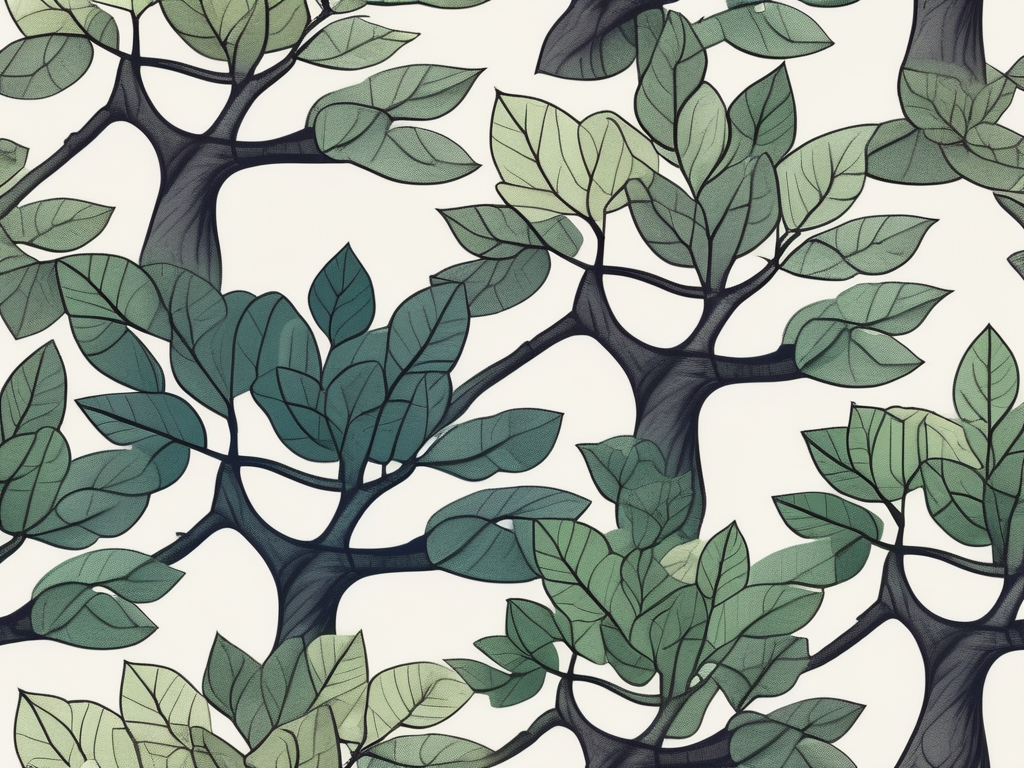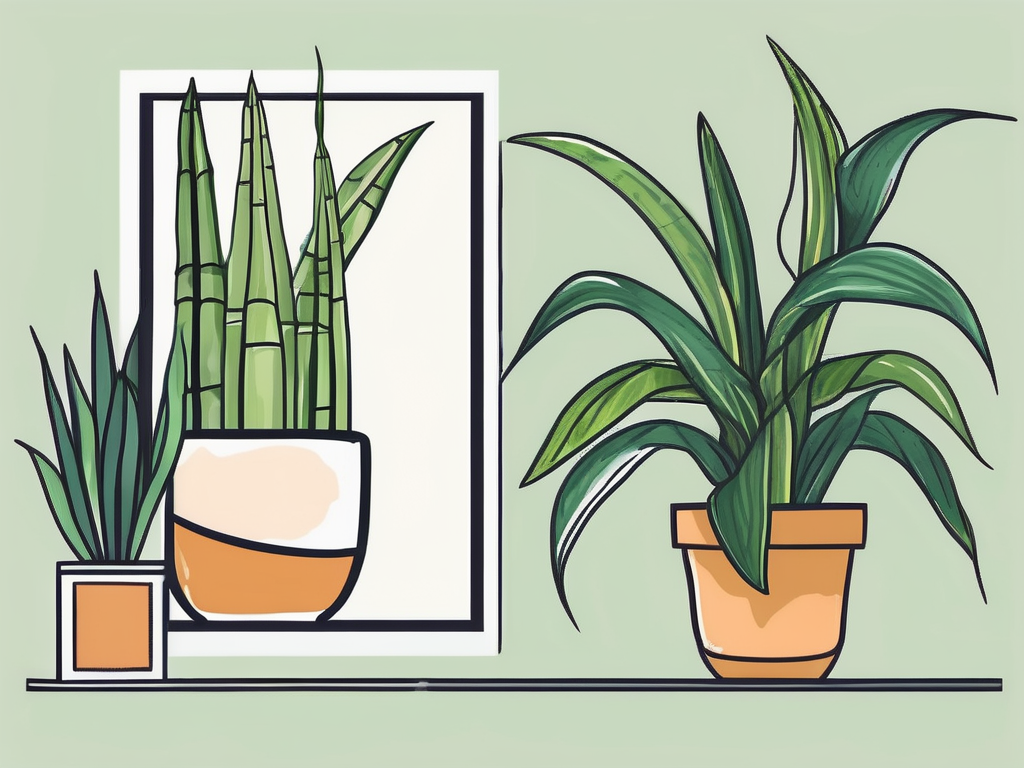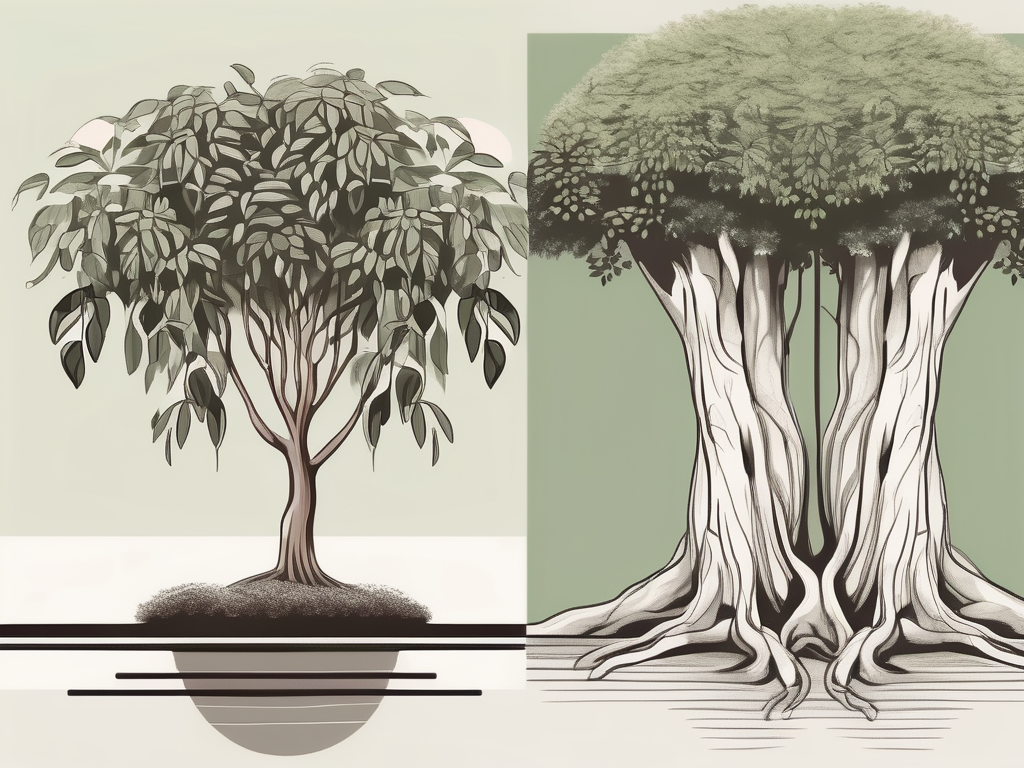
The Peacock Plant, known for its stunning foliage and intricate leaf patterns, is a favorite among plant lovers. However, if you notice its leaves turning yellow, it can be quite concerning. Understanding why this happens is crucial for keeping your Peacock Plant healthy and vibrant.
In this article, we'll explore some common reasons Peacock Plant leaves turn yellow and offer practical solutions to help you restore their beauty. From watering habits to lighting conditions, let's get to the root of the problem and find out how you can address these issues effectively.
Watering Woes: Too Much or Too Little?
Watering is often the first culprit to investigate when you spot yellowing leaves on your Peacock Plant. Striking the right balance can be tricky, but it's essential for the plant's health. Overwatering is a common mistake that leads to root rot, causing leaves to yellow as the roots struggle to supply nutrients. Conversely, underwatering can also result in yellow leaves due to dehydration.
So, how do you find the sweet spot? Here's what you can do:
- Check the soil moisture: Before reaching for the watering can, stick your finger about an inch into the soil. If it feels dry, it's time to water. If it's still moist, hold off for a few more days.
- Use a well-draining potting mix: Make sure your Peacock Plant is potted in soil that allows excess water to drain away. You can mix in perlite or orchid bark to improve drainage.
- Observe your plant: Yellow leaves can indicate both over and underwatering. Take note of other symptoms like wilting or a mushy base to determine the cause.
Adjusting your watering routine based on these observations can help prevent further yellowing and promote healthier growth.
Lighting Levels: Finding the Right Spot
Peacock Plants thrive in indirect, bright light. Placing them in direct sunlight can scorch the leaves, resulting in yellow patches and crispy edges. On the flip side, too little light can cause the plant to struggle, leading to yellowing as well.
Consider these tips to ensure your Peacock Plant receives the optimal amount of light:
- Position near a window: Place your plant near a north or east-facing window to provide soft, filtered light.
- Avoid direct sun exposure: Use sheer curtains if your plant is near a window that receives direct sunlight, or move it to a location with more shade.
- Rotate regularly: Rotate your plant every few weeks to ensure all sides receive equal light exposure.
By creating a balanced lighting environment, you'll help your Peacock Plant maintain its vibrant color and prevent yellowing.
Nutrient Needs: Feeding Your Peacock Plant
Just like us, plants need a balanced diet to stay healthy. Nutrient deficiencies can cause yellow leaves, particularly if your plant isn't getting enough nitrogen, iron, or magnesium. These elements are essential for chlorophyll production, which keeps leaves green and lush.
To address nutrient deficiencies, try these approaches:
- Use a balanced fertilizer: Apply a water-soluble fertilizer every 4-6 weeks during the growing season (spring and summer). Look for one with equal parts nitrogen, phosphorus, and potassium (NPK).
- Check for signs of specific deficiencies: Yellowing between veins may indicate iron deficiency, while overall yellowing with green veins can signal magnesium deficiency. Use a supplement designed for the specific deficiency if needed.
- Avoid over-fertilizing: Too much fertilizer can lead to salt build-up in the soil, which can also cause yellowing. Always follow the package instructions and avoid fertilizing in the dormant winter months.
Providing your Peacock Plant with the right nutrients will support healthy growth and keep its leaves looking their best.
Humidity and Temperature: Creating a Comfortable Environment
Peacock Plants hail from tropical regions and thrive in high humidity and warm temperatures. If your home is too dry or cold, the plant may develop yellow leaves as it struggles to adapt.
To create a more suitable environment, consider the following tips:
- Increase humidity: Use a humidifier or place a tray of water near your plant to boost moisture levels in the air. Grouping plants together can also raise humidity naturally.
- Avoid drafts: Keep your Peacock Plant away from cold drafts, heaters, or air conditioning vents, which can cause temperature fluctuations and stress.
- Maintain a consistent temperature: Aim for temperatures between 65-75°F (18-24°C) to mimic the plant's natural habitat.
By keeping humidity and temperature in check, you'll help your Peacock Plant thrive and reduce the risk of yellowing leaves.
Pests and Diseases: Uninvited Guests
Pests and diseases can also cause yellowing leaves on your Peacock Plant. Common pests like spider mites, aphids, and mealybugs feed on plant sap, weakening the plant and causing discoloration. Fungal infections such as root rot or leaf spot can also lead to yellowing.
Here's how to tackle these issues:
- Inspect regularly: Check your plant regularly for any signs of pests or diseases. Look for webbing, sticky residue, or discolored spots on the leaves.
- Use natural remedies: For pests, try wiping the leaves with a mixture of water and dish soap or neem oil. For fungal issues, ensure proper drainage and consider using a fungicide if necessary.
- Isolate affected plants: If you spot an infestation or infection, separate the affected plant from others to prevent the issue from spreading.
Being vigilant and proactive can help keep pests and diseases at bay, ensuring your Peacock Plant stays healthy and green.
Pot Bound Problems: When It's Time for a New Home
As your Peacock Plant grows, it may outgrow its current pot, leading to root bound issues. When roots have no room to expand, they can become tangled and matted, restricting water and nutrient absorption. This stress can manifest in yellow leaves.
Here's how to determine if your plant needs a bigger pot:
- Check the roots: Gently remove the plant from its pot and inspect the roots. If they're tightly wrapped around the soil or poking out of the drainage holes, it's time for a new pot.
- Repot with care: Choose a pot that's 1-2 inches larger in diameter and use fresh, well-draining soil. Be gentle when handling the roots to avoid damage.
- Water after repotting: Give the plant a thorough watering post-repotting to help it settle into its new home.
Repotting your Peacock Plant when necessary will promote healthy growth and prevent yellowing due to restricted roots.
Water Quality: It's Not Just About Quantity
The quality of water you use can also impact your Peacock Plant's health. Tap water often contains minerals and chemicals like chlorine and fluoride, which can build up in the soil and cause yellowing leaves.
To improve water quality, try these tips:
- Use filtered or distilled water: This can minimize the risk of mineral build-up and chemical exposure.
- Let tap water sit: If you prefer using tap water, allow it to sit out for 24 hours before watering. This lets chlorine evaporate, making it safer for your plant.
- Monitor for signs of build-up: If you notice white crust on the soil surface or pot, it might indicate mineral build-up. Flush the soil with distilled water to help remove excess salts.
Ensuring your Peacock Plant receives clean, safe water can help prevent yellow leaves and encourage vibrant growth.
Stress and Environmental Changes: Staying Adaptable
Peacock Plants are sensitive to changes in their environment. Sudden shifts, like moving them to a new location or changing their care routine, can cause stress and lead to yellowing leaves.
To minimize stress, consider the following:
- Make gradual changes: If you need to move your plant, do so gradually over a few days to help it acclimate.
- Be consistent with care: Stick to a regular watering, feeding, and lighting schedule to provide stability for your plant.
- Monitor for signs of stress: Keep an eye out for yellowing or wilting, and adjust care as needed to alleviate stress.
By being mindful of environmental changes, you'll help your Peacock Plant adapt more easily and maintain its health and color.
Final Thoughts
Peacock Plants can be a bit finicky, but with the right care, you can prevent yellowing leaves and keep them thriving. From watering habits to lighting and even pot size, it's about finding the right balance and making small adjustments as needed.
At Cafe Planta, we're all about helping you succeed in your plant journey. Whether it's advice on plant care or finding the perfect addition to your collection, we’re here for you. Feel free to reach out via email or drop us a message on Instagram. Let's grow together!

